Aesthetics Of Tea
Apr 21, 2019 • 31 views
You might have 99 other addictions which can be resolved but if you are addicted to tea then there is no saving grace.
Tea is an infusion of dried leaves of Camellia sinensis in hot boiling water. In different countries, different concoctions of tea are preferred like in India we prefer our tea with milk.
It is an aromatic beverage which is widely consumed the drink in the world after water. The problem is that tea contains caffeine which normally makes you feel alert, active, and buoyant. Well besides the fact that little caffeine provides you with several health benefits, it also acts adversely by making you addicted to it.
Caffeine acts on certain receptors on the brain causing it to produce more endorphins and dopamine which are notorious human hormone linked to feeling of pleasure. So you start to crave more tea due to hormones released in your body. Hence making you addicted to it without you even realizing it.
Well, Tea goes long back to have a history of its own. It was originated in the Yunnan region during the Shang dynasty as a medicinal drink. It is indispensable in Chinese culture. It is a repository of aesthetic views and living of Chinese people.
According to the legends, in the year 2737 BC, the Chinese Emperor Shen Nung noticed that a green leaf had blown into a bowl of boiling water, coloring the water and creating what became known as tea. From then on the emperor desired nothing but tea to drink.
Drinking tea became popular in Britain during the 17th century. The British introduced tea production, as well as tea consumption, to India, in order to compete with the Chinese monopoly on tea.
It's safe to say that famous Darjeeling tea in India is a legacy from British rule era.
Types of tea:
All types of tea are raised from the same progenitor. The differences in them are created by different processing methodologies applied.
Well, tea is basically of four types:
Black tea: It is fermented tea which gives it high caffeine content, pronounced flavor, and aroma.
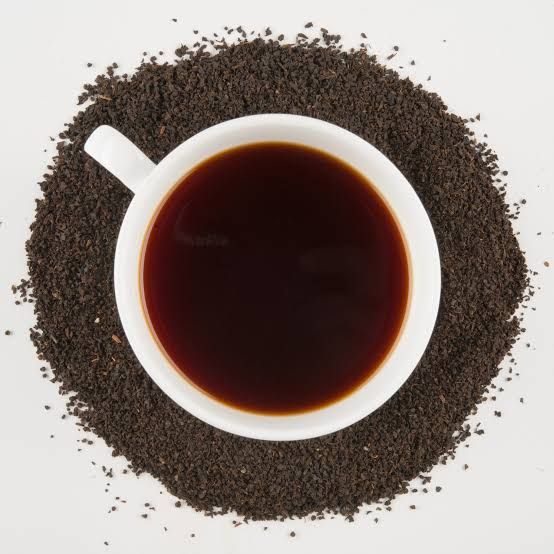
Green tea: It is a non-fermented form of tea which is highly rich in antioxidants. It has certain health benefits. However, it has an earthy flavor which makes it less desirable.
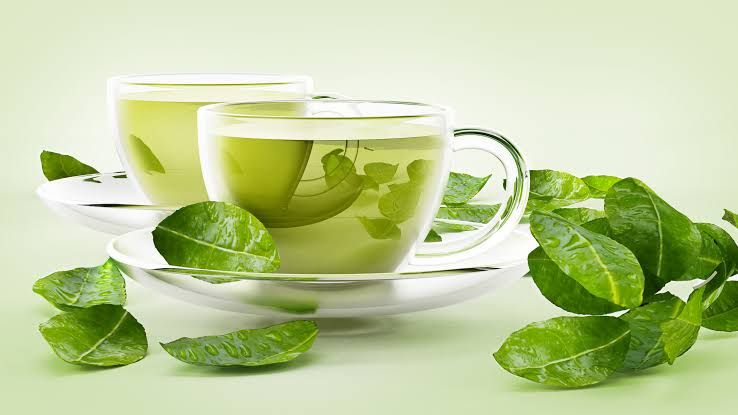
Oolong tea: It is partially fermented drink. It has its own extremely fragrant and intriguing tones. It has caffeine content intermediate of the green and black variant
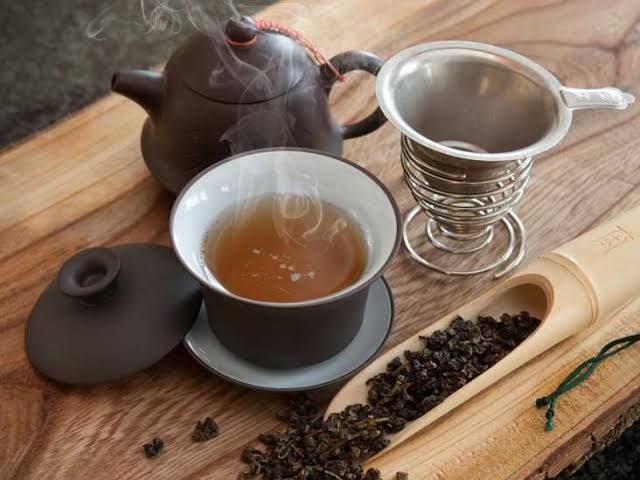
Yellow tea: it is the rarest variant of tea. It is similar to green tea in appearance and flavor. Yellow tea, however, typically does not have the grassiness of some green teas. Yellow teas typically go through more oxidation than green teas and a longer, slower drying period
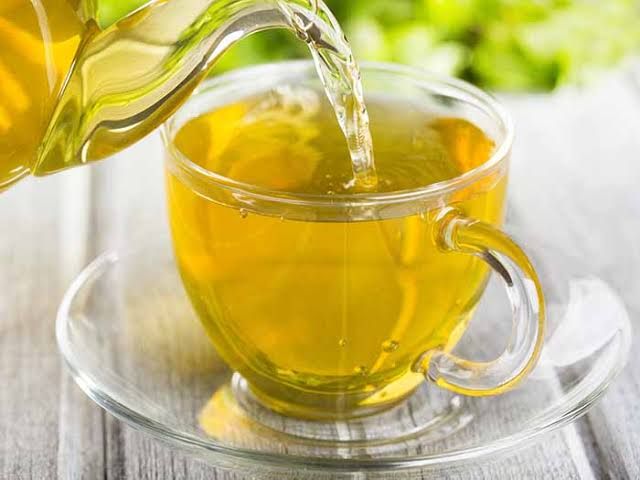
Tea culture:

Different countries may differ in their tea culture( way of making tea) however their consumption in social gathering and on special circumstances remain the same.
It is offered to the guest as a sign of respect in several countries be it China, Korea, turkey or European countries. It is usually considered as a friendly gesture. High tea is a famous British culture in which afternoon tea is offered with meat, bread or snacks in social gatherings.
Well, tea in itself symbolizes gossip. It is preferred over the private gathering as a way of starting a conversation.
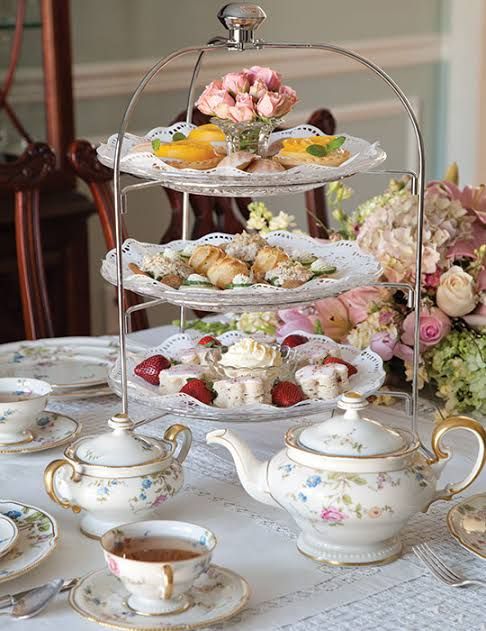
Unknowingly tea is playing a major role in binding the whole society together. It is a means of building positive interaction between people. Be it afternoon gossip with high tea in Britain or a masala chai in India preferred by ladies for spilling the secrets of the neighborhood, it will always remain the favorite drink of people worldwide.
